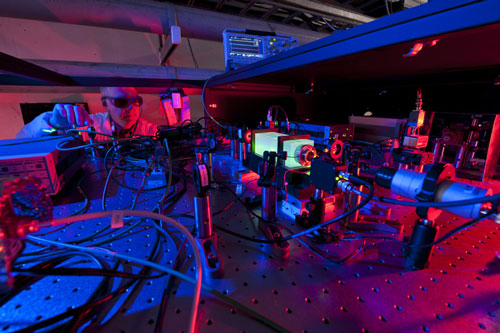 A unique experiment at the Fermi National Accelerator Laboratory called the Holometer has started collecting data that will answer some mind-bending questions about our universe - including whether we live in a hologram.
A unique experiment at the Fermi National Accelerator Laboratory called the Holometer has started collecting data that will answer some mind-bending questions about our universe - including whether we live in a hologram.
Aug 26th, 2014
Read more
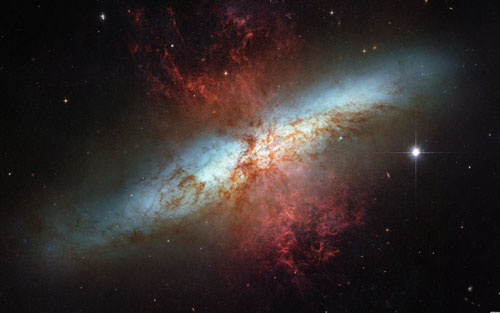 New research by a team of UK and European-based astronomers is helping to solve the mystery of what caused a spectacular supernova in a galaxy 11 million light years away, seen earlier this year.
New research by a team of UK and European-based astronomers is helping to solve the mystery of what caused a spectacular supernova in a galaxy 11 million light years away, seen earlier this year.
Aug 22nd, 2014
Read more
 The fluorine that is found in products such as toothpaste was likely formed billions of years ago in now dead stars of the same type as our sun.
The fluorine that is found in products such as toothpaste was likely formed billions of years ago in now dead stars of the same type as our sun.
Aug 21st, 2014
Read more
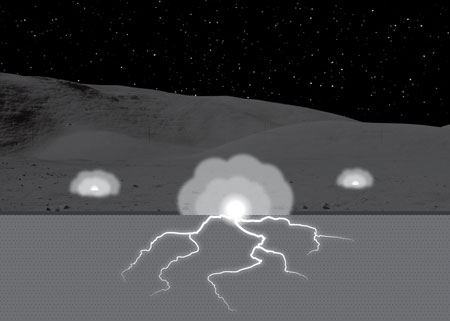 The moon appears to be a tranquil place, but modeling by scientists suggests that, over the eons, periodic storms of solar energetic particles may have significantly altered the properties of the soil in the moon's coldest craters through the process of sparking - a finding that could change our understanding of the evolution of planetary surfaces in the solar system.
The moon appears to be a tranquil place, but modeling by scientists suggests that, over the eons, periodic storms of solar energetic particles may have significantly altered the properties of the soil in the moon's coldest craters through the process of sparking - a finding that could change our understanding of the evolution of planetary surfaces in the solar system.
Aug 21st, 2014
Read more
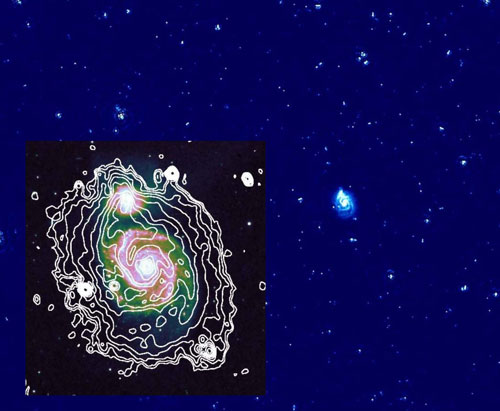 The whirlpool galaxy M51 in a distance of approximately 30 million light years appears almost face-on and displays a beautiful system of spiral arms. A European team of astronomers observed M51 with the LOFAR Telescope in the frequency range 115-175 MHz and obtained the most sensitive galaxy image at frequencies below 1 GHz so far.
The whirlpool galaxy M51 in a distance of approximately 30 million light years appears almost face-on and displays a beautiful system of spiral arms. A European team of astronomers observed M51 with the LOFAR Telescope in the frequency range 115-175 MHz and obtained the most sensitive galaxy image at frequencies below 1 GHz so far.
Aug 20th, 2014
Read more
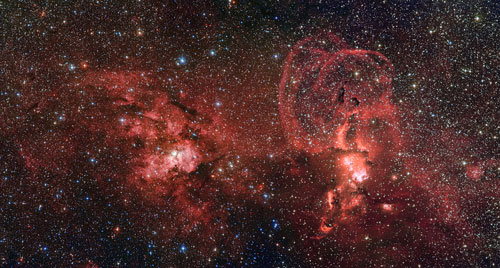 This image, captured by the Wide Field Imager at ESO's La Silla Observatory in Chile, shows two dramatic star formation regions in the Milky Way. The first, on the left, is dominated by the star cluster NGC 3603, located 20 000 light-years away, in the Carina-Sagittarius spiral arm of the Milky Way. The second, is a collection of glowing gas clouds known as NGC 3576 that lies about half as far from Earth.
This image, captured by the Wide Field Imager at ESO's La Silla Observatory in Chile, shows two dramatic star formation regions in the Milky Way. The first, on the left, is dominated by the star cluster NGC 3603, located 20 000 light-years away, in the Carina-Sagittarius spiral arm of the Milky Way. The second, is a collection of glowing gas clouds known as NGC 3576 that lies about half as far from Earth.
Aug 20th, 2014
Read more
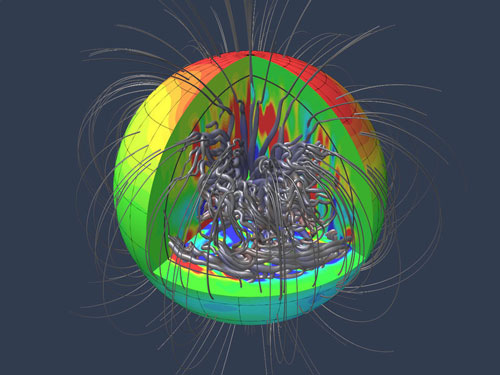 Researchers use computer simulations to penetrate deep into the interior of the giant planet.
Researchers use computer simulations to penetrate deep into the interior of the giant planet.
Aug 20th, 2014
Read more
A new ovoid structure discovered in the Nakhla Martian meteorite is made of nanocrystalline iron-rich clay, contains a variety of minerals, and shows evidence of undergoing a past shock event from impact. Results of a broad range of analytical studies to determine the origin of this new structure and how these findings impact the field of astrobiology now have been published.
Aug 19th, 2014
Read more
The largest catalog ever produced for stellar compositions is critical to understanding the properties of stars, how they form, and possible connections with orbiting planets. And it shows that the compositions of nearby stars aren't as uniform as once thought.
Aug 19th, 2014
Read more
Astronomers have uncovered rhythmic pulsations from a rare type of black hole 12 million light-years away by sifting through archival data from NASA's Rossi X-ray Timing Explorer satellite.
Aug 19th, 2014
Read more
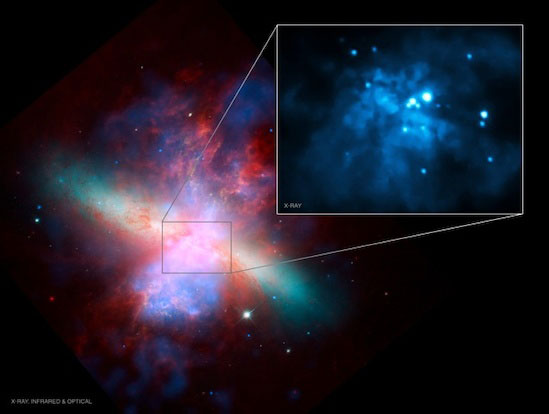 Astronomers have accurately measured - and thus confirmed the existence of - a rare intermediate-mass black hole about 400 times the mass of our sun in a galaxy 12 million light years from the Milky Way. The finding uses a technique never applied in this way before, and opens the door to new studies of these mysterious objects.
Astronomers have accurately measured - and thus confirmed the existence of - a rare intermediate-mass black hole about 400 times the mass of our sun in a galaxy 12 million light years from the Milky Way. The finding uses a technique never applied in this way before, and opens the door to new studies of these mysterious objects.
Aug 17th, 2014
Read more
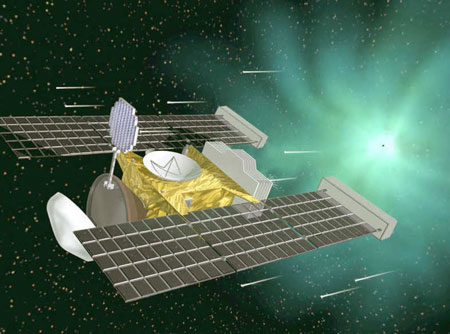 The interstellar dust particles from the Stardust mission show great variations in their elemental composition and structure.
The interstellar dust particles from the Stardust mission show great variations in their elemental composition and structure.
Aug 14th, 2014
Read more
An international team of sky scholars has produced new maps of the material located between the stars in the Milky Way. The results should move astronomers closer to cracking a stardust puzzle that has vexed them for nearly a century.
Aug 14th, 2014
Read more
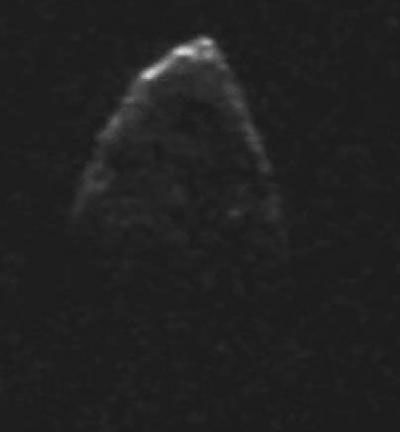 A research team studied near-Earth asteroid 1950 DA and discovered that the body, which rotates so quickly it defies gravity, is held together by cohesive forces called van der Waals, never detected before on an asteroid.
A research team studied near-Earth asteroid 1950 DA and discovered that the body, which rotates so quickly it defies gravity, is held together by cohesive forces called van der Waals, never detected before on an asteroid.
Aug 13th, 2014
Read more
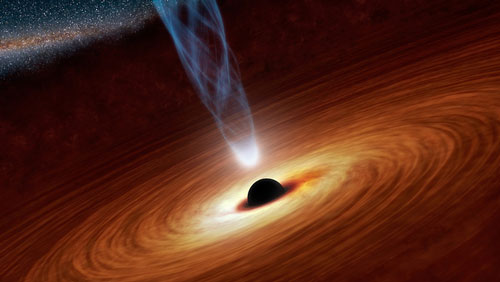 NASA's Nuclear Spectroscopic Telescope Array (NuSTAR) has captured an extreme and rare event in the regions immediately surrounding a supermassive black hole. A compact source of X-rays that sits near the black hole, called the corona, has moved closer to the black hole over a period of just days.
NASA's Nuclear Spectroscopic Telescope Array (NuSTAR) has captured an extreme and rare event in the regions immediately surrounding a supermassive black hole. A compact source of X-rays that sits near the black hole, called the corona, has moved closer to the black hole over a period of just days.
Aug 12th, 2014
Read more
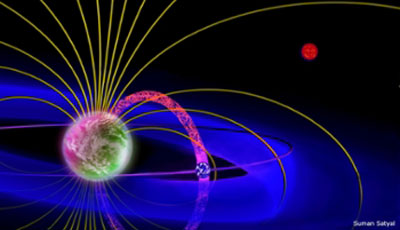 Scientists hunting for life beyond Earth have discovered more than 1,800 planets outside our solar system, or exoplanets, in recent years, but so far, no one has been able to confirm an exomoon. Now, physicists believe following a trail of radio wave emissions may lead them to that discovery.
Scientists hunting for life beyond Earth have discovered more than 1,800 planets outside our solar system, or exoplanets, in recent years, but so far, no one has been able to confirm an exomoon. Now, physicists believe following a trail of radio wave emissions may lead them to that discovery.
Aug 12th, 2014
Read more
Far-off, ancient quasars appear to us in their 'baby photos' taken less than a billion years after the Big Bang: monstrous infants in a young universe.
Aug 11th, 2014
Read more
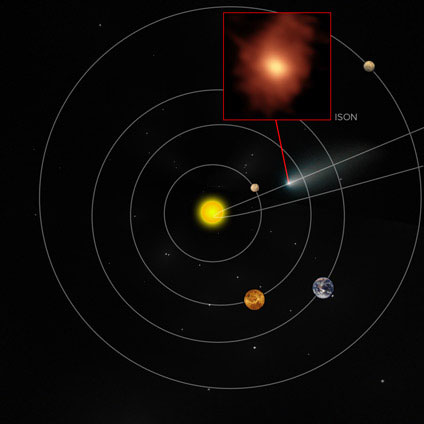 An international team of scientists using the Atacama Large Millimeter/submillimeter Array (ALMA) has made incredible 3D images of the ghostly atmospheres surrounding comets ISON and Lemmon. These new observations provided important insights into how and where comets forge new chemicals, including intriguing organic compounds.
An international team of scientists using the Atacama Large Millimeter/submillimeter Array (ALMA) has made incredible 3D images of the ghostly atmospheres surrounding comets ISON and Lemmon. These new observations provided important insights into how and where comets forge new chemicals, including intriguing organic compounds.
Aug 11th, 2014
Read more
 A unique experiment at the Fermi National Accelerator Laboratory called the Holometer has started collecting data that will answer some mind-bending questions about our universe - including whether we live in a hologram.
A unique experiment at the Fermi National Accelerator Laboratory called the Holometer has started collecting data that will answer some mind-bending questions about our universe - including whether we live in a hologram.
 Subscribe to our Space Exploration News feed
Subscribe to our Space Exploration News feed










